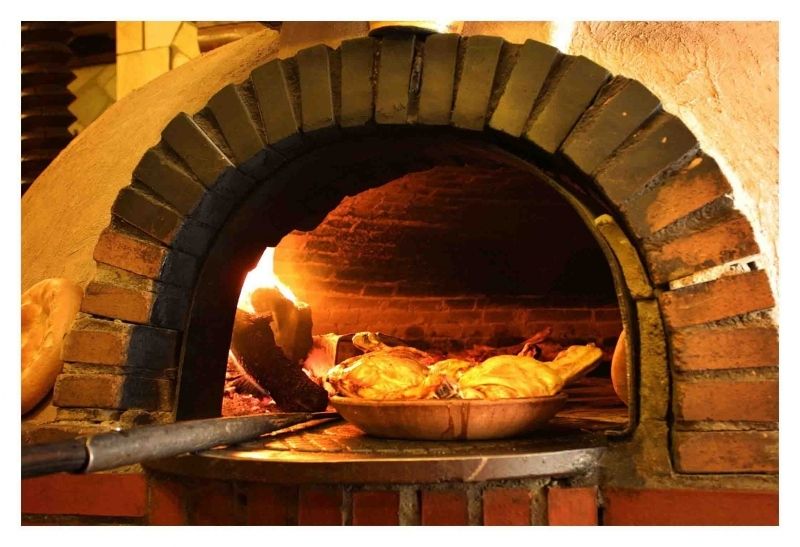
When I first arrived in Spain, it wasn’t long before some good friends of mine insisted on taking me to restaurant on the outskirts of Madrid to enjoy a regional classic; Lechazo de Churra roasted in a clay oven with wood. I have to admit that that meal made an impression on me and has become one of my favourite dishes, the crispiness of the skin and the tender juicy meat was just out of this world. It is such a simple dish and one wonders how it could have so much flavour. Originally used to the typical roast lamb and mint sauce back in the UK, this was a completely different approach and an unforgettable experience. For those who have tried this, know what I am talking about. This nationwide dish which originated in the region of “Castilla y Leon”, has become a classic especially at Christmas in Spain. Many households around the country will be celebrating the seasonal festivities with a lamb on the dining room table as opposed to a turkey these coming festivities.
The region of Castilla-Leon was also the place that gave birth to this breed of Sheep. The "Churra" breed of sheep goes as far back as the Celtic invasion of Spain starting around 1000BC when the Celts crossbred their sheep with the local breed. Since then this breed has been the predominant breed in Spain and was also the breed that the Spanish introduced to the Americas. Nowadays it is considered the breed of choice for traditional “Lechazo Asado” (also know as Lechal) or Roasted Suckling Lamb. However there are certain parameters that need to be addressed to get the perfect result. The main one is the age of the lamb, as it names suggest it must still be a lamb that is being fed only on breast milk which means it must not be older than 6 weeks when 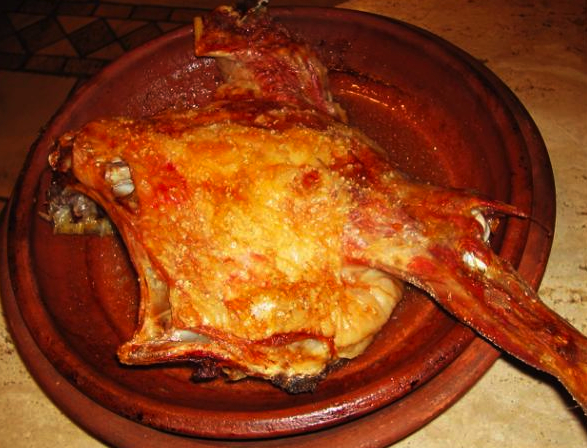 slaughtered or weigh more than 12kg. Specialist chefs in the field consider 3 weeks to be the maximum age, that way you achieve the maximum succulence possible and the meat is even richer in proteins, iron, phosphorous, Zinc and Sodium as well as vitamins B2 and B12. This makes for a very healthy meal, particularly low in fat. As this young animal has still very little fat on it special considerations need to be taken when cooking it too, which I will go into very shortly.
slaughtered or weigh more than 12kg. Specialist chefs in the field consider 3 weeks to be the maximum age, that way you achieve the maximum succulence possible and the meat is even richer in proteins, iron, phosphorous, Zinc and Sodium as well as vitamins B2 and B12. This makes for a very healthy meal, particularly low in fat. As this young animal has still very little fat on it special considerations need to be taken when cooking it too, which I will go into very shortly.
This dish although it is at its best cooked slowly in a clay oven with wood,it can still be enjoyed at home using a conventional oven, clearly the taste of wood is not present but we can simulate that rustic country taste with fresh herbs. Most importantly you need to buy good quality suckling lamb, any breed will do but if you can find “Churra” that is better. I am going to explain the few easy steps to create a perfect Spanish suckling lamb roast and it is as easy as 1,2,3. You can either buy the meat fresh or frozen, although fresh is always better but is you do buy frozen make sure it is slowly defrosted in the fridge before hand.
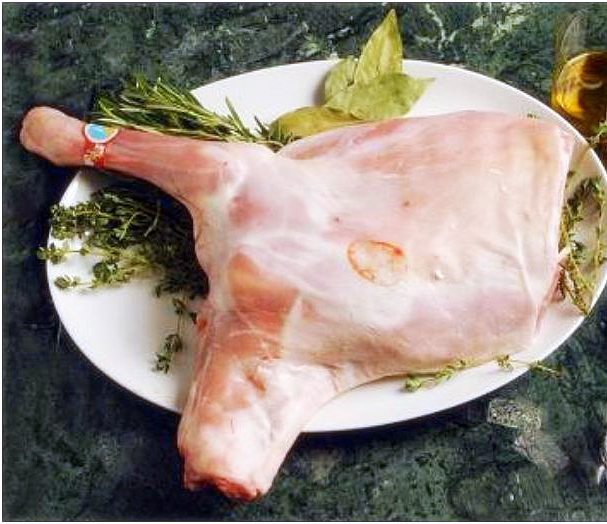
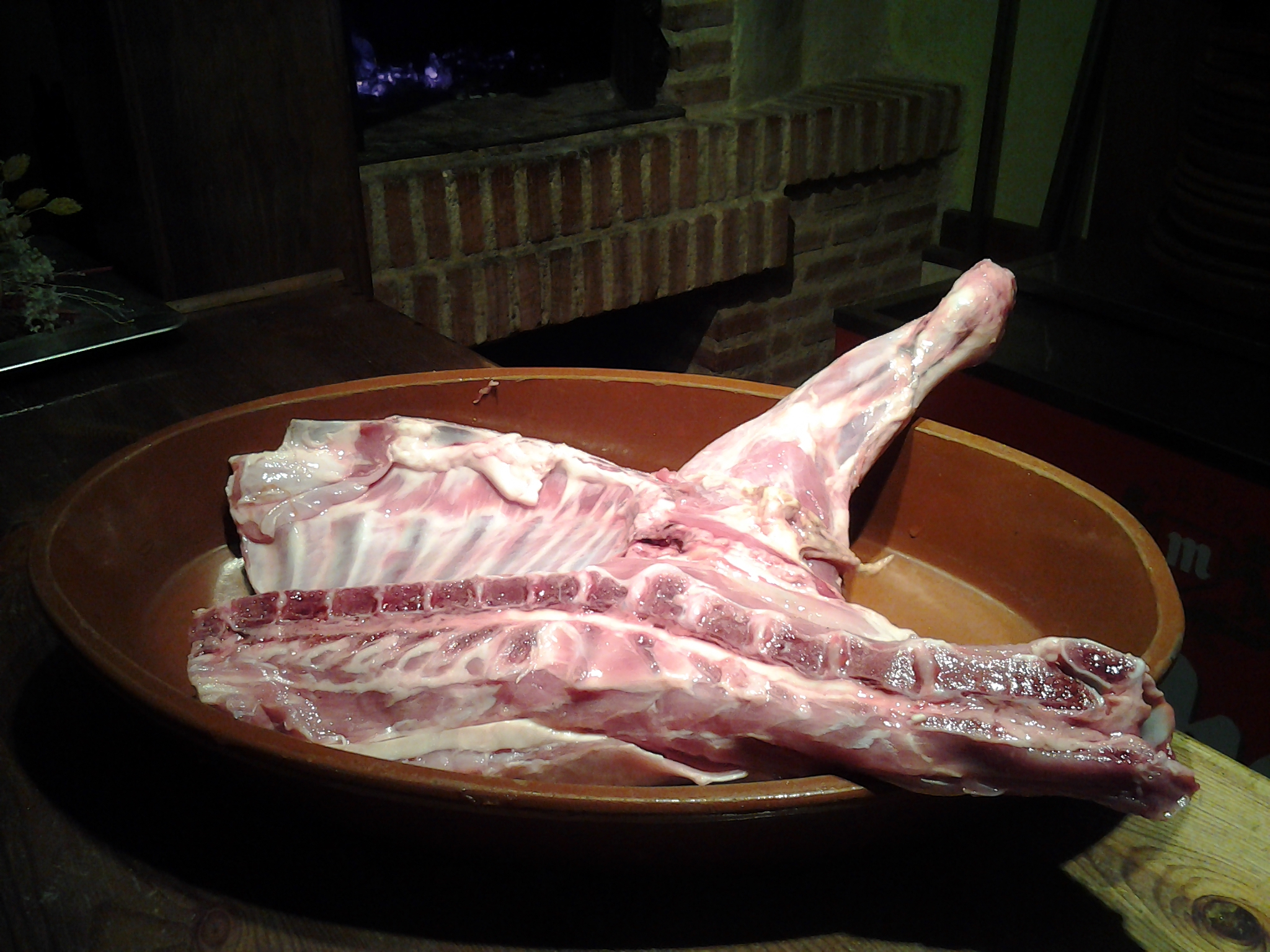
For 4 people you will need the following:
2 front-quarters of Suckling Lamb (my favourite cut - paletilla)
2 garlic cloves unpeeled
200g of lard or 100ml of Extra Virgin Olive Oil if you want to avoid adding animal fat.
1-2 glasses of water (around 150-200ml)
1 large sprig of fresh Rosemary
1 large sprig of fresh Thyme
Rock Salt
4 potatoes for the garnish
Traditionally this dish is cooked in a clay dish however you can obviously use a baking tray but it does taste better in a clay dish, still not sure why though. Simply place the hindquarters skin side down in the baking dish pop in the two garlic cloves and the herb sprigs and roughly spread the lard over the top of the lamb. Add the water to the bottom of the dish (don’t pour it over the meat) and season all over with a sprinkle of rock salt. As the lamb has very little fat we need the lard, not only to enhance the flavour but also to maintain the stock while roasting, so you can also use olive oil but for the authentic taste I recommend lard. This one of the few times I would actually recommend lard over Olive Oil! The oven should be pre-heated to 165ºC and then pop it in the oven for 1 hour. After an hour take it out of the oven and turn the lamb over and baste with the juices. Season with a little more rock salt and place it back in the oven for another 45 – 60 minutes depending on the size of the meat. What we want is the skin to go nice and crispy with a golden to brown colour. This roast takes it time; if you rush it by bumping up the heat it will dry out.
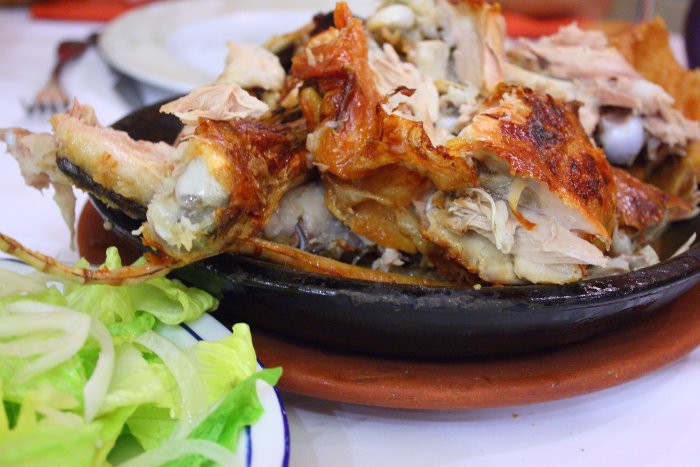
We need to make sure that there is always some water in the bottom of the dish, this is to provide constant 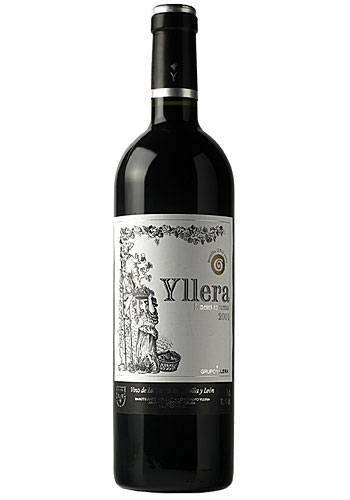 humidity to the meat and keeps it succulent, so check on it from time to time and if there is no water, add some more. You might be thinking, when do I add the potatoes or can I add the potatoes to the same dish as the meat and cook everything at once? The answer is no. The potatoes will need to be cooked separately. There are two reasons for this, one that the potatoes will give the meat a slightly different taste if cooked in the same oven and two they will steal part of the humidity from the meat meaning the lamb with dry up quicker. So traditionally the potatoes are always cut into thin slices and fried for a few minutes in extra virgin olive oil until they are half cooked. They are then removed and dried on a kitchen towe.
humidity to the meat and keeps it succulent, so check on it from time to time and if there is no water, add some more. You might be thinking, when do I add the potatoes or can I add the potatoes to the same dish as the meat and cook everything at once? The answer is no. The potatoes will need to be cooked separately. There are two reasons for this, one that the potatoes will give the meat a slightly different taste if cooked in the same oven and two they will steal part of the humidity from the meat meaning the lamb with dry up quicker. So traditionally the potatoes are always cut into thin slices and fried for a few minutes in extra virgin olive oil until they are half cooked. They are then removed and dried on a kitchen towe.
Next, place them in a baking tray on top of some tinfoil or in a different clay dish if you happen to have one. Once the lamb is ready remove the lamb and quickly pop in the potatoes for about 5 minutes at 200ºC just to crisp them and finish them off. Serve together and there you have it. There are other variations using white wine and vinegar and so on, which are great, but the traditional Lechazo de Castilla-Leon is as simple as that, let the quality of the meat and the oven do the work. An ideal wine would be a crianza from the Castilla y leon region such as "Yllera", a fantastic and reasonably priced wine which I highly recommend, but make sure it is at room temperature before drinking it.